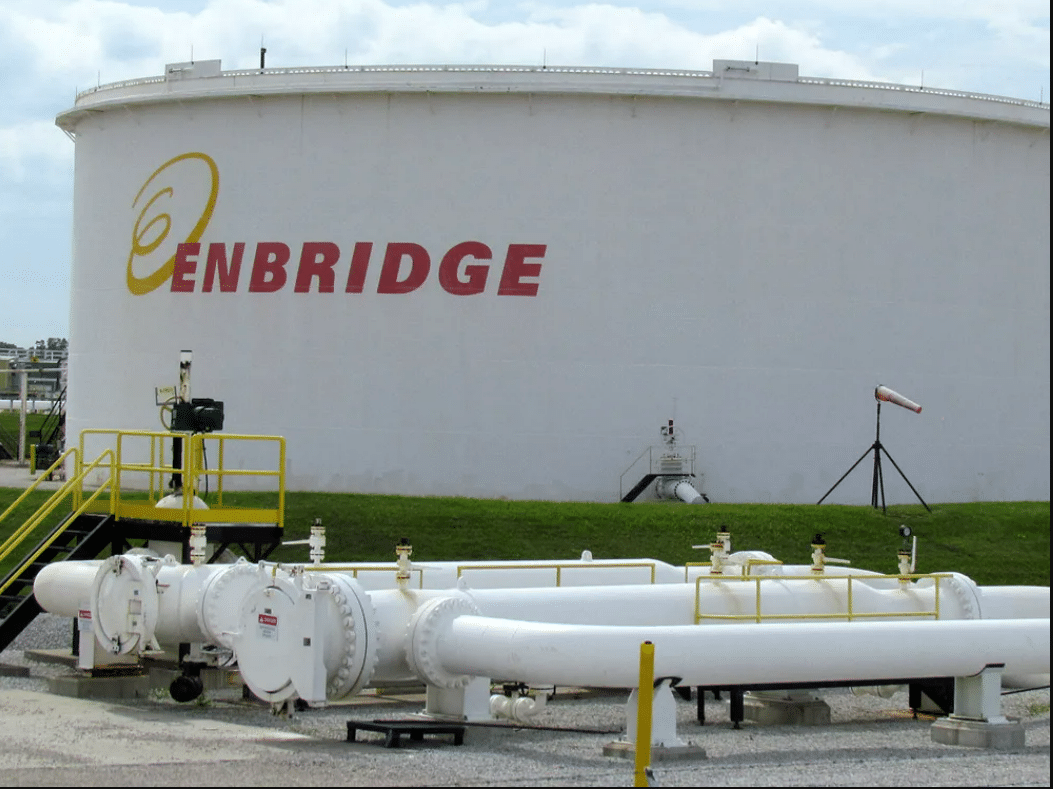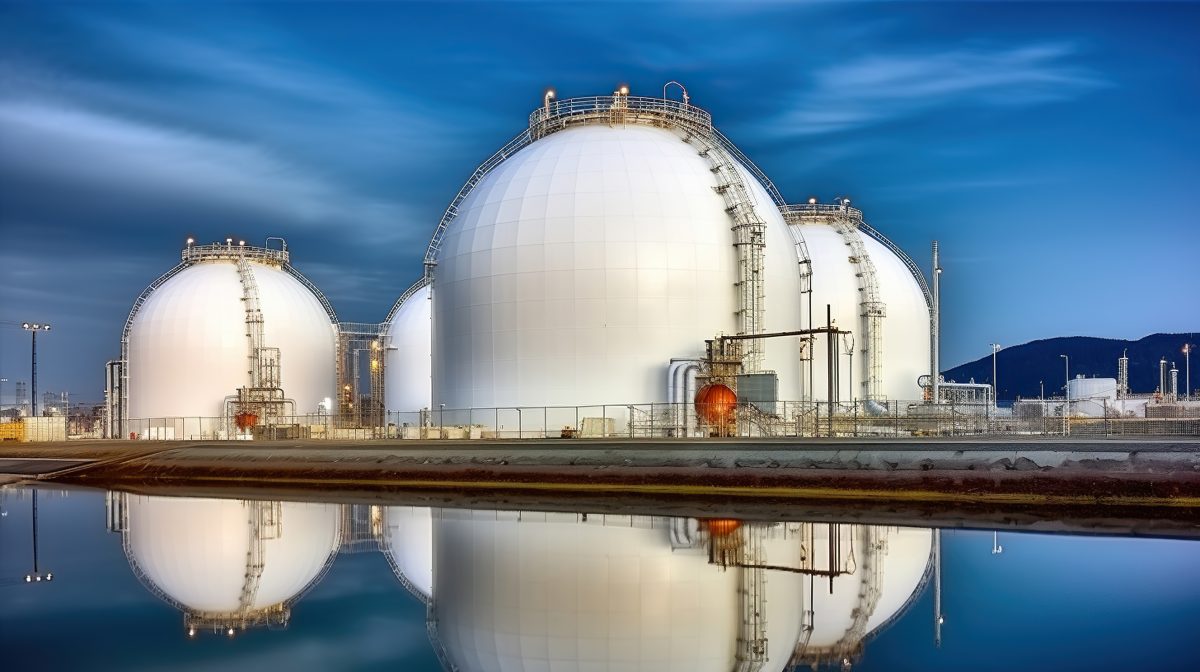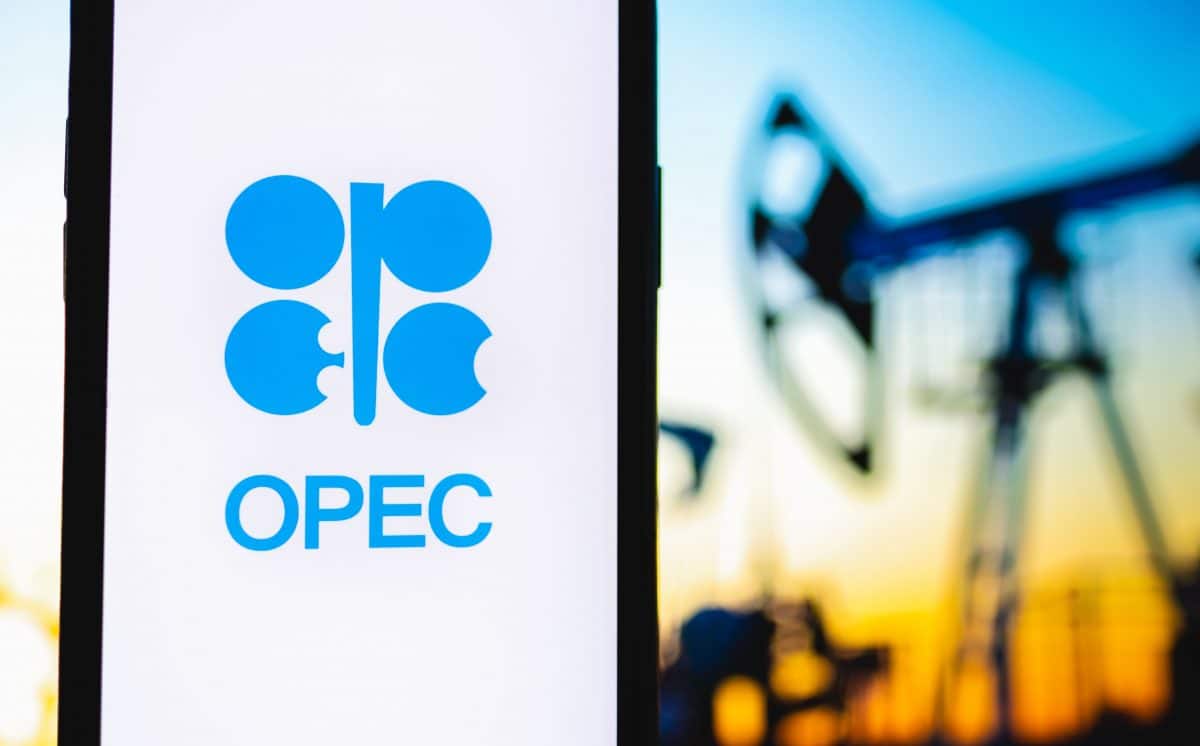In summary, the worst case (for the oil market) would be an Israeli attack that reduced Iranian oil exports, and then the issue becomes whether the Saudis raise production to compensate or seek to draw down global inventories in support of prices, which would mean Brent stays over $80. Absent such an attack, the security premium will be only temporary and weakness in the fundamentals will reassert themselves; Brent would sink below $75 again.
At this point, it appears that the conflict in the Middle East is morphing into a ‘forever war,’ with Israel attempting to destroy Hamas and Hezbollah, something which is almost certainly impossible, and to cow Iran into reducing its support for members of the ‘axis of resistance.’ To date, the damage done in both Iran and Israel from ongoing missile attacks has been minimal, but concerns that the situation might escalate has been keeping oil prices elevated, our old friend the security premium making a reappearance. Prices that had been under pressure from fundamentals have instead risen by $5 to $8 a barrel in recent days. Given the possible direction of the conflict, what do the different paths mean for oil prices?
First, it’s important to keep in mind that while fundamentals tend to move slowly, geopolitical events can change abruptly and drastically. Although oil supply sometimes drops sharply, demand evolves only gradually: next month, next quarter, will not be substantially different from current levels. In effect, geopolitics are fast, fundamentals slow but more persistent.
That said, consider the different political/military decisions going forward. It should be taken for granted that Israel will continue to prosecute the war against Hamas and Hezbollah, but their response to the latest Iranian missile attack remains unclear. There are four likely choices: a minimal attack, such as after the April barrage from Iran, would ease tensions and see oil prices pull back quickly. Israeli rhetoric at this point implies this is unlikely.
Next, a larger attack from Israel that targets Iranian military bases and infrastructure, such as weapons depots or factories, is possible. Given recent developments, Israel clearly has good intelligence on its adversaries, so such an attack is doable, although the long-term effects would be minimal. However, Iran would almost certainly respond with another missile attack which would mean that the tit-for-tat exchanges would continue the security premium on oil prices would remain elevated.
A third choice would be for Israel to go after Iranian nuclear facilities, something that Israel has supposedly long wanted to do but been restrained from attempting by the U.S. However, with U.S. influence clearly at a low point, Netanyahu might be tempted to undertake this, seeing a successful attack as a crowning achievement to his long political career. There is uncertainty about Israel’s ability to launch such an attack without U.S. help and many caution that Iranian facilities are not vulnerable to air strikes. Even so, Israel might feel that inflicting minor damage on those sites would provide a demonstration effect and serve as a deterrent to further Iranian retaliation. Again, this would translate into continuing violence, keeping the oil price’s security premium high.
Finally, some have been suggesting Israel might attack Iranian oil infrastructure, including refineries or export facilities. Reducing Iran’s oil income would seem desirable from Israel’s point of view, and while the U.S. would presumably discourage such a move, especially the Biden Administration which doesn’t want an October surprise of higher oil prices, U.S. political clout appears at a low point.
Expectations of an Israeli attack on the Iranian oil industry explains much of the recent elevation in prices, since that is the only likely development that would have a direct impact on world oil markets. However, even the destruction of the Abadan and Bandar Abbas refineries, with 700 tb/d of capacity, while no doubt generating impressive videos of spectacular fires and explosions, would not have a major effect on world oil markets.
In 1951, the Iranian nationalization of BP’s holdings and the shutdown of Abadan raised Asian oil prices by approximately 30%, because at that time, Abadan was providing a large fraction of Asian product demand. Now, those two refineries together provide less than 1% of world capacity and could easily be replaced. The figure below shows global refinery capacity and throughput with an implied 20 mb/d of surplus but overstates the available capacity. A more realistic estimate would be about 3-5 mb/d of surplus capacity, at any rate, more than enough to replace any disruption to Iranian operations. There would be some rebalancing and Iran would lose money, but aside from that the impact would be minor.
An attack on Iranian oil fields would also look impressive, generating massive blazes but having only a limited effect on supplies given the dispersed nature of production. Destroying the tanker loading facilities at Kharg Island would be more serious and could reduce Iranian oil exports by perhaps 1 mb/d in the worst case scenario. Then, the question becomes whether or not the Saudis replace the lost supply. They have ample spare capacity, but might prefer to let markets tighten, inventories drop, and prices firm. In that case, Brent would remain at or above $80.
In essence, there are three paths forward: the level of violence remains roughly constant or declines, in which case the security premium would fade as traders get crisis fatigue, Brent sliding back towards $70-75. Alternatively, an escalation with continuing missile attacks and/or assassinations would mean traders remain fearful of an oil supply disruption and the price would remain elevated, as it is now (Brent about $78). Finally, any attack on Iranian oil facilities would boost Brent above $80, if and only if Iranian exports dip significantly and the Saudis refuse to raise production.
Overall, then, the prospect is for prices to return to the levels of September, sooner rather than later, and the chances for Brent to remain above $80 for any period appears slim. Even so, wagering on peace in the Middle East is never for the faint-hearted.
By: Forbes, Michael Lynch- Oct 6, 2024









